Before Disney Springs


This weekend a major section of Disney Springs opens when their Town Center is unveiled to the public. Up until now, much of the remodeling of what was once Downtown Disney has been largely focused on what was formerly Pleasure Island, now known as The Landing. This major addition of the Town Center at Disney Springs will be what largely contributes to nearly doubling the number of establishments in this redefined shopping/dining district. But before we head into the new Disney Springs addition, let’s consider how we got to this moment before we go into checking it out.
When the Lake Buena Vista Shopping Village opened in 1975 (named the Walt Disney World Village in 1977, and then Disney Village Marketplace in 1989), the intent of this location was to cater to planned residential areas of Lake Buena Vista. I’ve never seen someone pin point what architectural cues this shopping area took. To me it was very much like shopping villages in California at the time, in particular locations like Ports O’ Call and Newport Beach Balboa Village.

Quaint shops and restaurants such as Von Otto’s Antiques, Carolyn’s Couture, Toys Fantastique, and Heidelberger’s Deli dotted this village around Lake Buena Vista. Emphasized were a lot of craft-like shops, Arribas Brothers with its crystal arts is the only real survivor of that era. It served not only people staying in vacation villas and treehouses of what is now Sarasota Springs, but it became a mini-destination for guests staying at Lake Buena Vista Hotel Plaza.

It was quaint. I remember in the early days that parking outside of what is now Once Upon a Toy was actually mulch–not asphalt. Each year they held what came to be known as The Glory and Pageantry of Christmas. This evolved from a humble nativity show into a full-blown tableau with lots of animals, angels and temporary bleachers. All of that ended when Epcot took over the Candlelight Processional from Magic Kingdom and made it a nightly event.
Speaking of Epcot, with the development of that concept into a theme park rather than a planned community, the idea of the shopping center serving temporary residents would evolve into something much bigger, something that would more serve the appetites of millions of guests visiting the Walt Disney World property.
It should be said that into the eighties with Michael Eisner at the helm and Dick Nunis running the show, everything outside of Walt Disney World became perceived as a competitor. The Living Seas sought to suggest that you really didn’t need to go to Sea World. Typhoon Lagoon competed directly against Wet ‘n’ Wild and soon-to-be-built Water Mania. And Disney-MGM Studios went head to head with the advent of Universal Studios Florida.
So when Pleasure Island opened in 1989, it was a direct competitor to Church Street Station, which in 1985 was the fourth most successful attraction in Central Florida, behind Walt Disney World, Sea World, and Busch Gardens (Universal Studios had not yet opened). Church Street Station was about a bunch of different clubs and plenty of alcohol in downtown Orlando. Pleasure Island tried to keep you on property by offering such club variety as XZFR Rock & Roll Beach Club, Mannequins Dance Palace, The Comedy Warehouse and the Adventurers Club. The evening highlight was a celebration of New Year’s Eve every night. Pleasure Island was now the hip place to be. It left Church Street Station in the dust.

But that wouldn’t be enough.
Originally, Universal Florida captured its own evening crowds leaving the park with a Hard Rock Cafe, shaped like a guitar from the air. It was accessible both inside and outside of the park.
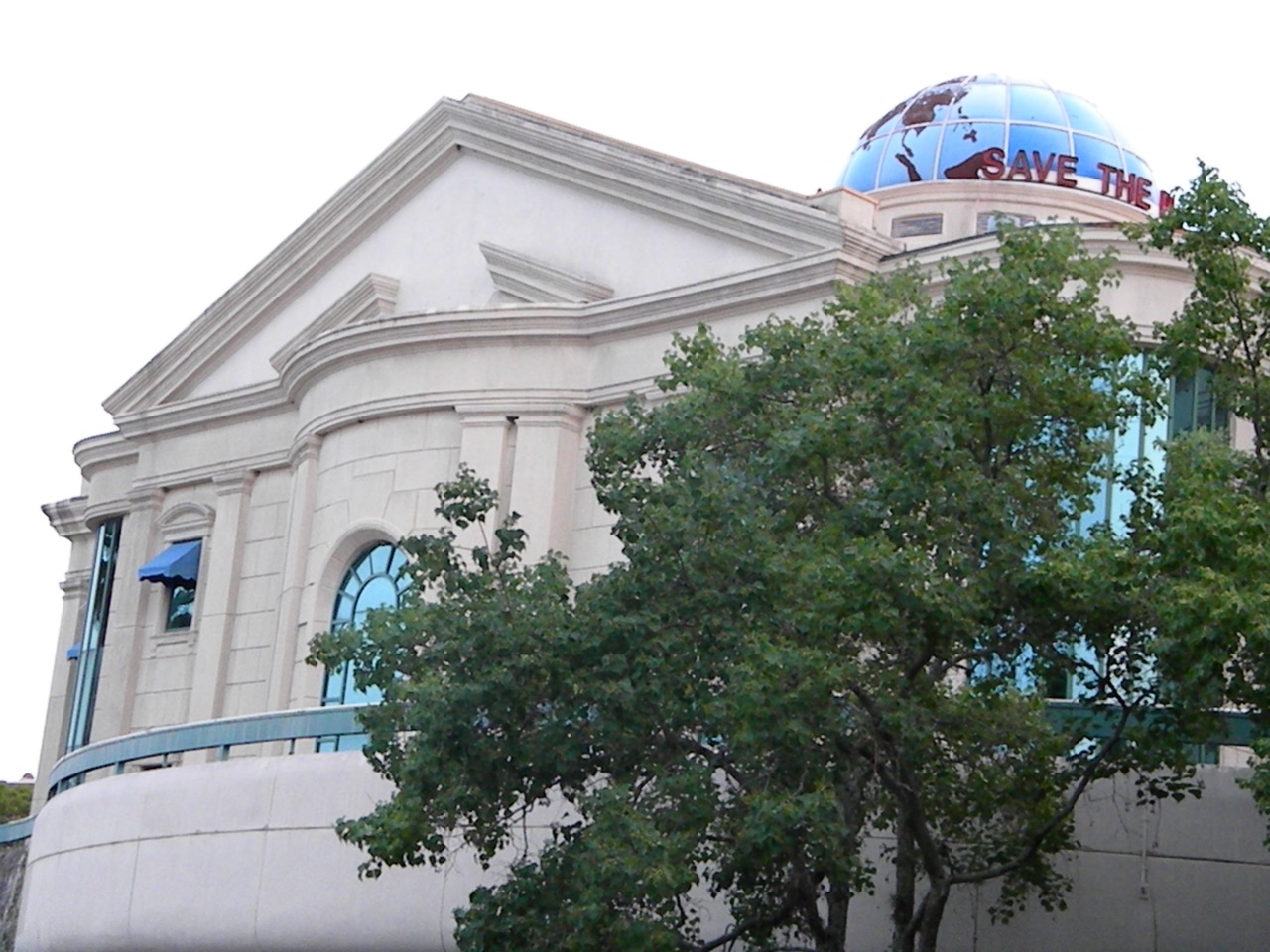
Disney responded by adding Planet Hollywood and an AMC Movie Theater. But that was only the beginning for Universal.
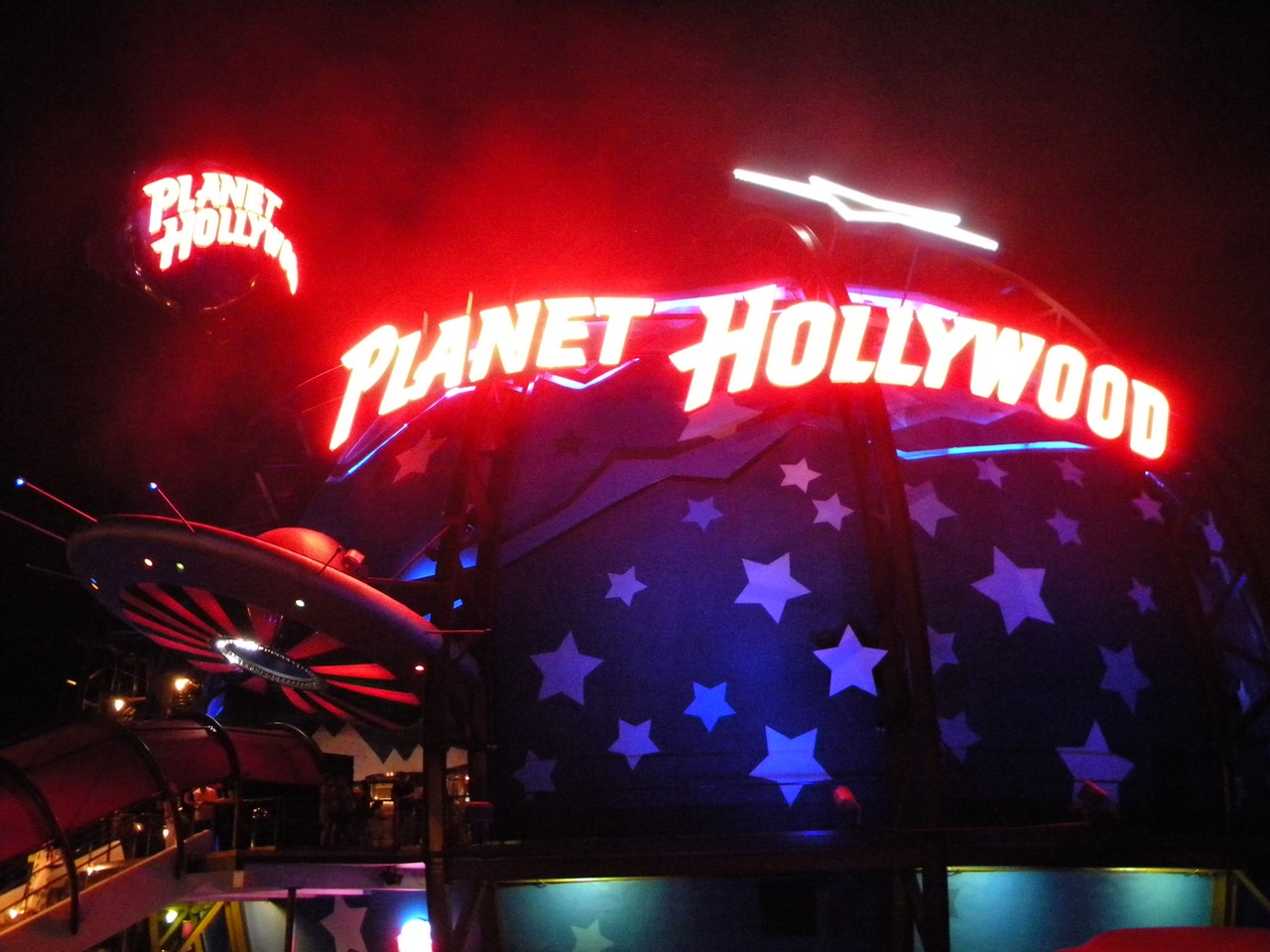
Universal Hollywood became a nighttime happening place to be when it created CityWalk in 1993. When attention was given to creating hotels and a second gate, Islands of Adventure in 1999, Universal sought to connect all of it with a CityWalk of its own. Now the heat was really on.
The answer came in the form of Disney West Side with opened in 1997 with DisneyQuest, an expansion of AMC, a permanent Cirque du Soleil, and Tower Records, later to become Virgin Records–a favorite of my teenage kids. Back in the village, a World of Disney was created along with the addition of a Rainforest Cafe. The entire area was named Downtown Disney. Times were great.
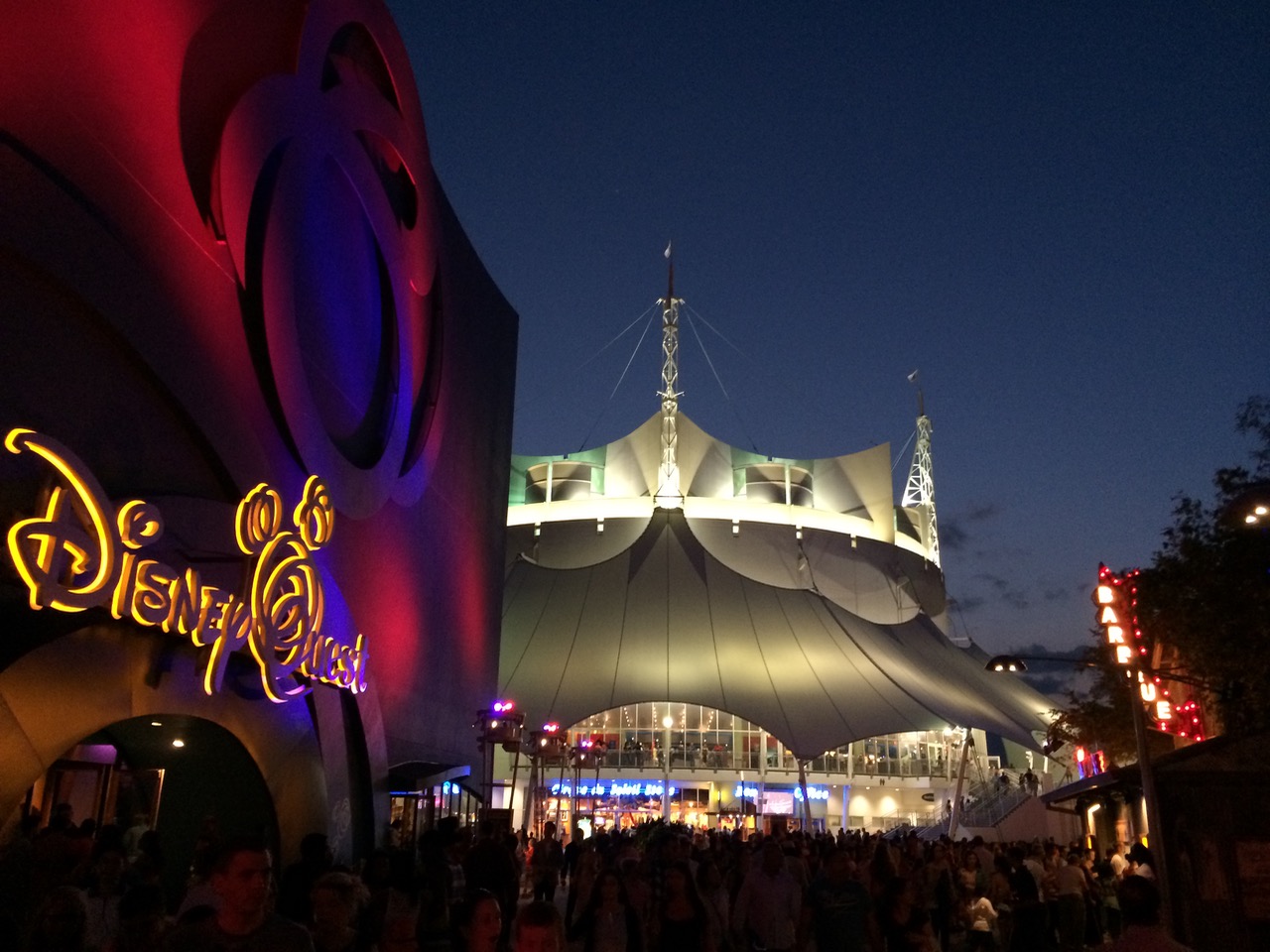
Well…kind of. Times were great–but they weren’t perfect. The whole separate admission into Pleasure Island became a problem to guests wanting to roam the entire property, but had to walk around Pleasure Island. Also, the “party ’til you drop” generation was growing older. They were now coming to the parks with toddlers holding a Belle doll or a Lion King plush.
Disney in time would have to re-invent itself. At first, the answer seemed to come via fixing Pleasure Island. The answer: Hyperion Wharf. But that would not be enough. Something more would be introduced. Something that would help Disney re-define itself as one of the premiere shopping places to visit. And that something would come more from a grove than it would from a springs.

Stay tuned…in a few days after all the pictures have come out on the opening of the new Town Center at Disney Springs, we’ll share with you how this idea came to be.
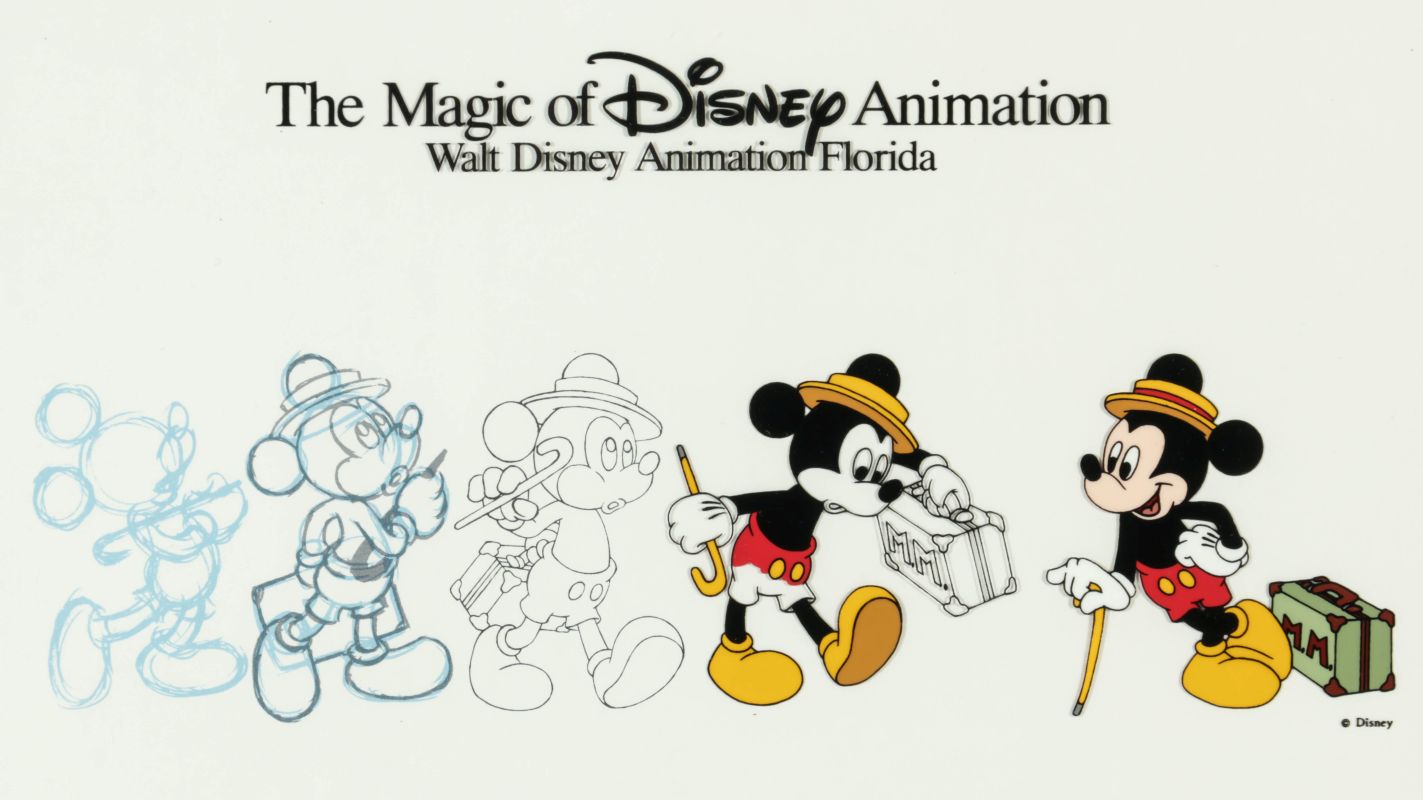
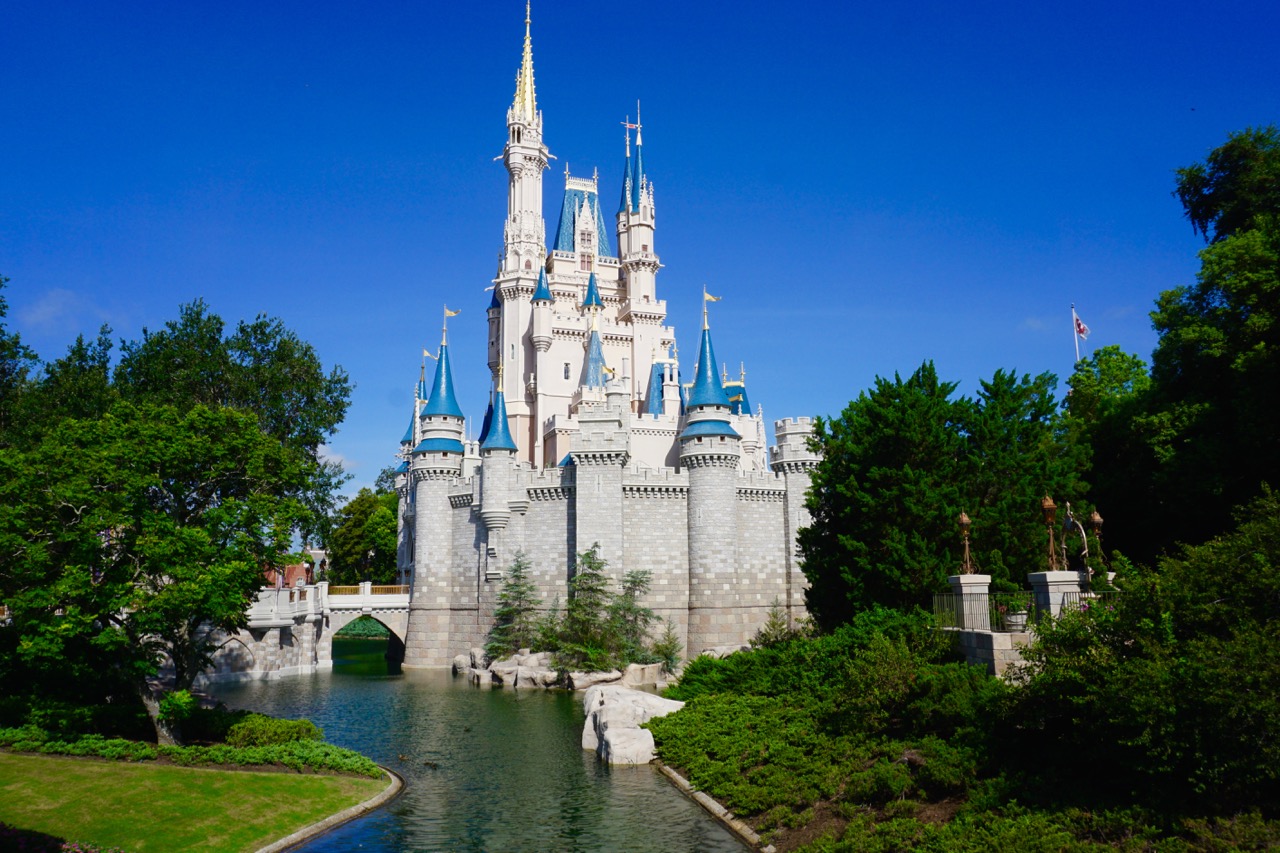
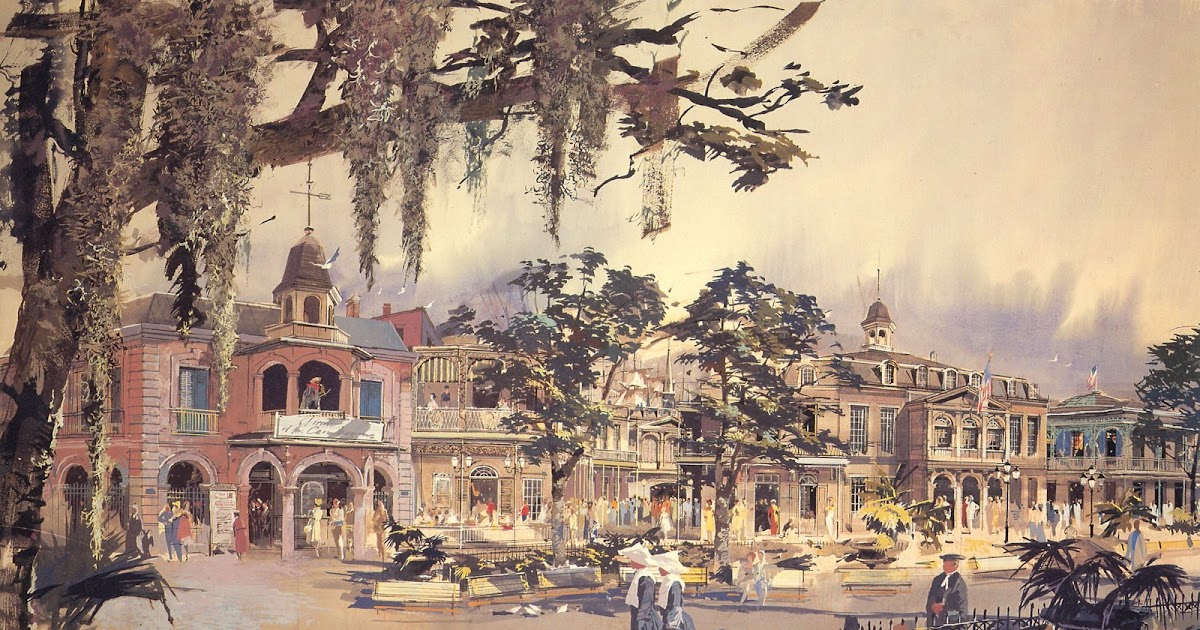



The original XZFR Rock ‘n’ Roll Beach Club was called the XZFR Rock’n Rollerdome – you could rollerskate on the second level – was lot of fun, unfortunately to many people began drinking and skating. The skating floor was turned in seating – and rollerskating was eliminated – it became the XZFR Beach Club in 1990
That style of the original Lake Buena Vista Village could be loosely called “Sea Ranch Style” after the late mid-century modern development in Northern California (“Sea Ranch”). It was a return to the vernacular after the dominance of heroic modernism and it is known for shed roofs, simple massing and shingles. Very in vogue in the early 70’s, like ports a call, Seaport Village in San Diego.